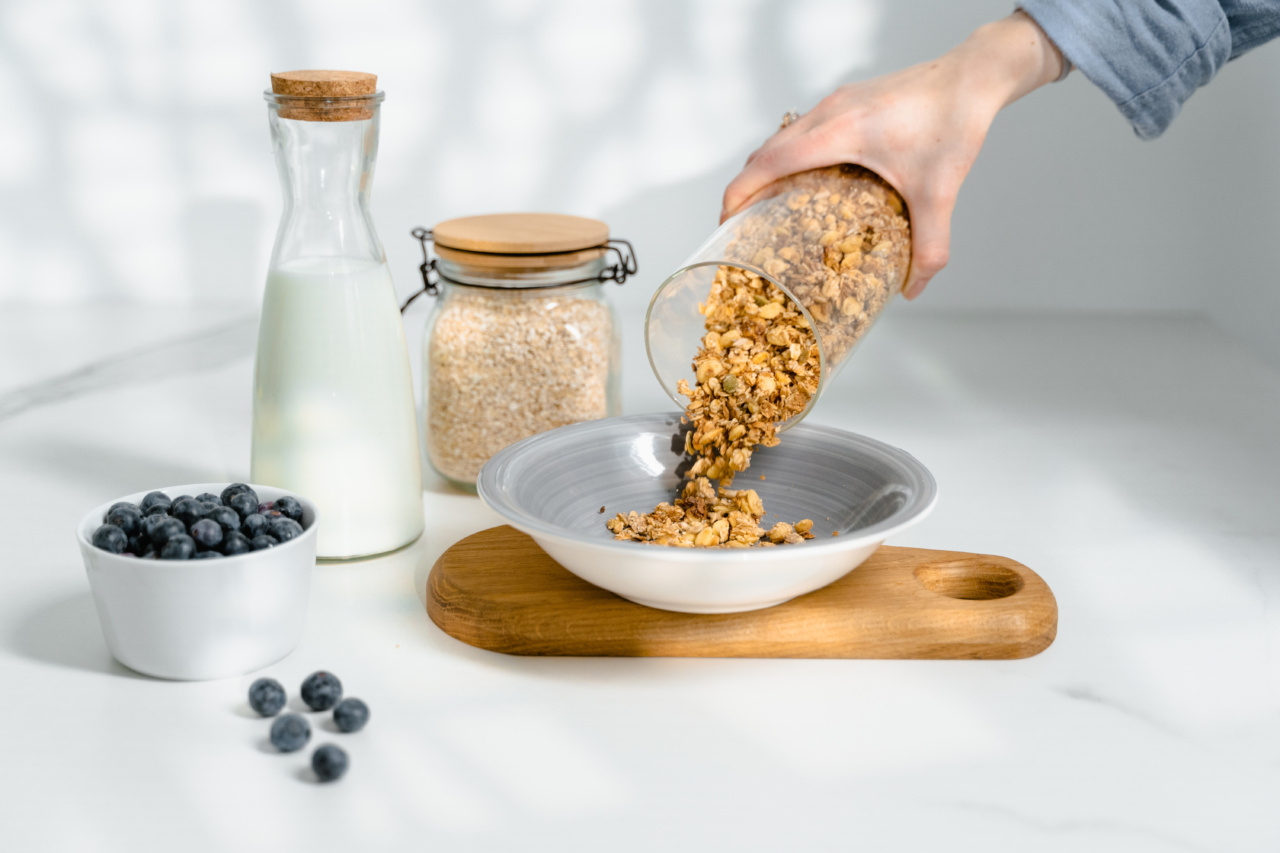Breakfast is often considered the most important meal of the day. It provides the necessary energy to kickstart your day and fuel your body and mind. However, not all breakfast choices are created equal.
Many popular breakfast cereals that claim to be nutritious and healthy can be loaded with hidden dangers, particularly excessive amounts of sugar. In this article, we will explore the detrimental effects of consuming breakfast cereals high in sugar and why it’s essential to make informed choices for a healthier start to your day.
The Sugar Epidemic
In recent years, there has been growing concern about the detrimental impact of excessive sugar consumption on our health.
The rise of obesity, diabetes, and other chronic illnesses have been attributed, in part, to the overconsumption of added sugars in processed foods, including breakfast cereals. Unfortunately, many breakfast cereals that are marketed as healthy options for families are often filled with added sugars.
The Deceptive Labeling
Reading food labels is crucial to understanding what we are putting into our bodies. However, food manufacturers often use clever marketing tactics to disguise the actual sugar content of their products.
Cereal boxes may boast claims such as “whole grain,” “fortified with vitamins and minerals,” or “low in fat,” but these labels can be misleading. Upon closer examination, the ingredients list often reveals a significant amount of added sugars, often listed under various names like high-fructose corn syrup, sucrose, dextrose, or maltose.
The Sugar Content in Popular Breakfast Cereals
The sugar content in breakfast cereals can vary widely. Some cereals marketed towards children can contain alarming amounts of sugar.
For example, a popular frosted flakes cereal may contain as much as 14 grams of sugar per serving, which is equivalent to about 3.5 teaspoons. Consuming just one bowl of such cereal can quickly exceed the recommended daily sugar intake for children. Even some cereals targeted towards adults, such as granola or flavored oatmeal, can contain significant amounts of hidden sugars.
The Health Risks of Excessive Sugar Consumption
Consuming breakfast cereals loaded with sugar has several negative consequences for our health. Here are some of the hidden dangers:.
1. Weight Gain and Obesity
Excessive sugar consumption has been directly linked to weight gain and obesity. High-sugar cereals are often calorie-dense, offering little nutritional value beyond the added sugars.
The excess sugar is quickly absorbed by the body, leading to a spike in blood sugar levels, followed by a crash, which can leave you craving more sugar and leading to overeating throughout the day. This cycle contributes to weight gain and an increased risk of obesity.
2. Increased Risk of Type 2 Diabetes
Regularly consuming high-sugar breakfast cereals can also increase the risk of developing type 2 diabetes. A diet high in sugar puts a strain on the body’s ability to produce insulin, the hormone responsible for regulating blood sugar levels.
Over time, this can lead to insulin resistance, a precursor to type 2 diabetes.
3. Poor Dental Health
Breakfast cereals loaded with sugar can wreak havoc on our dental health. The sugars in these cereals provide an ideal environment for bacteria in the mouth to thrive, leading to tooth decay, cavities, and gum disease.
Starting the day with a bowl of high-sugar cereal can have long-lasting consequences for your dental health.
4. Nutrient Imbalance
Cereals loaded with sugar often lack essential nutrients and fiber. When consumed as a breakfast staple, they can displace healthier options like whole grains, fruits, and protein-rich foods from the diet.
This can result in a nutrient imbalance, leaving you feeling less satisfied and more prone to snacking on unhealthy foods throughout the day.
5. Negative Impact on Children’s Behavior and Learning
High-sugar breakfast cereals can have a detrimental impact on children’s behavior and learning abilities.
The initial sugar rush can cause hyperactivity and difficulty concentrating, followed by a crash, leading to irritability and decreased cognitive performance. Starting the day with a sugar-loaded cereal may impair a child’s ability to focus and may influence their behavior throughout the day.
6. Addiction to Sweet Tastes
Regularly consuming high-sugar cereals can create a craving for sweet tastes, making it challenging to reduce sugar intake in other aspects of your diet.
The more we consume sugar, the more we become accustomed to its taste, leading to a vicious cycle of sugar addiction.
Making Healthier Breakfast Choices
Fortunately, there are numerous alternatives to high-sugar breakfast cereals that can provide a healthier start to your day. Here are some tips for making better breakfast choices:.
1. Read the Ingredients Label
Be vigilant when reading food labels. Look for cereals with minimal added sugars, ideally less than 5 grams per serving. Avoid cereals with sugar or sweeteners listed as one of the first few ingredients.
2. Opt for Whole Grains
Choose breakfast cereals that are made with whole grains, such as oats, quinoa, or bran. These provide more fiber, protein, and essential nutrients, which can help keep you feeling fuller for longer.
3. Sweeten Naturally
If you prefer a sweeter taste, consider adding fresh fruits or a small amount of natural sweeteners like honey or maple syrup to your cereal. This allows you to control the amount of sugar you’re consuming.
4. Try Homemade Granola
Consider making your own granola using whole grains, nuts, seeds, and a minimal amount of natural sweeteners. This gives you full control over the ingredients and allows you to create a balanced and nutritious option.
5. Explore Alternative Breakfasts
Don’t limit yourself to cereals. Explore other breakfast options like eggs, Greek yogurt, smoothies, or whole-grain toast with nut butter. These alternatives offer more protein, healthy fats, and a wider variety of nutrients.
Conclusion
While breakfast cereals may seem like a convenient and nutritious option, many are loaded with hidden dangers in the form of excessive sugars.
Consuming these sugary cereals regularly can lead to weight gain, increased risk of type 2 diabetes, poor dental health, nutrient imbalances, negative effects on behavior and learning, and addiction to sweet tastes. By making informed choices, reading labels, and opting for healthier breakfast alternatives, we can protect our health and set ourselves up for a successful day.
A mindful approach to breakfast can ensure we start our mornings on the right track, nourishing our bodies and avoiding the hidden dangers of sugar-laden cereals.






























